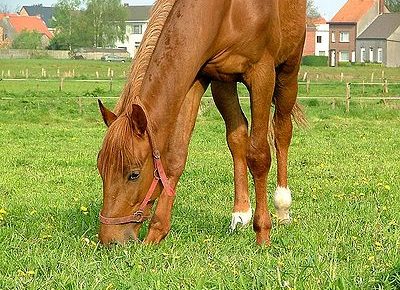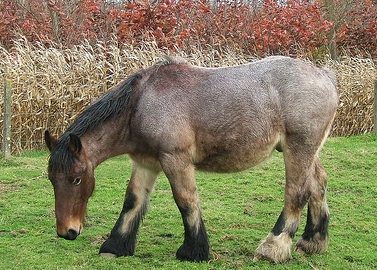Related Articles
Nutritious Flaxseed for Horses
Flaxseed is a grain normally grown in northern, cool climates. It is also referred to as flax or linseed. Canada is the leading producer of flax. Flaxseed is one of the few plants containing Omega 3. The fatty acids in omega 3 benefit horses in several ways, improving skin, hair and body condition and reduce […]
Equine Tooth Resorption Linked to a Bacteria
Research, headed by Dr. Sabine Sykora, PhD, of the Equine Clinic, University of Veterinary Medicine, Vienna, Austria, has found a red complex bacteria present in the early stages of EOTRH – Equine Odontoclastic Tooth Resorption andd Hypercementosis. EOTRH is most commonly seen in horses 15 years and older. The bacteria, designated as red, is part […]
Equine Botulism Update
Botulism is produced by Clostridum botulinum and is among the most lethal toxins known. There are 7 known strains of botulism (A-G), A and B being the most common in horses. Type C is caused by decaying animals in feed. Some types cause the disease in birds and cattle as well as horses . Some […]


